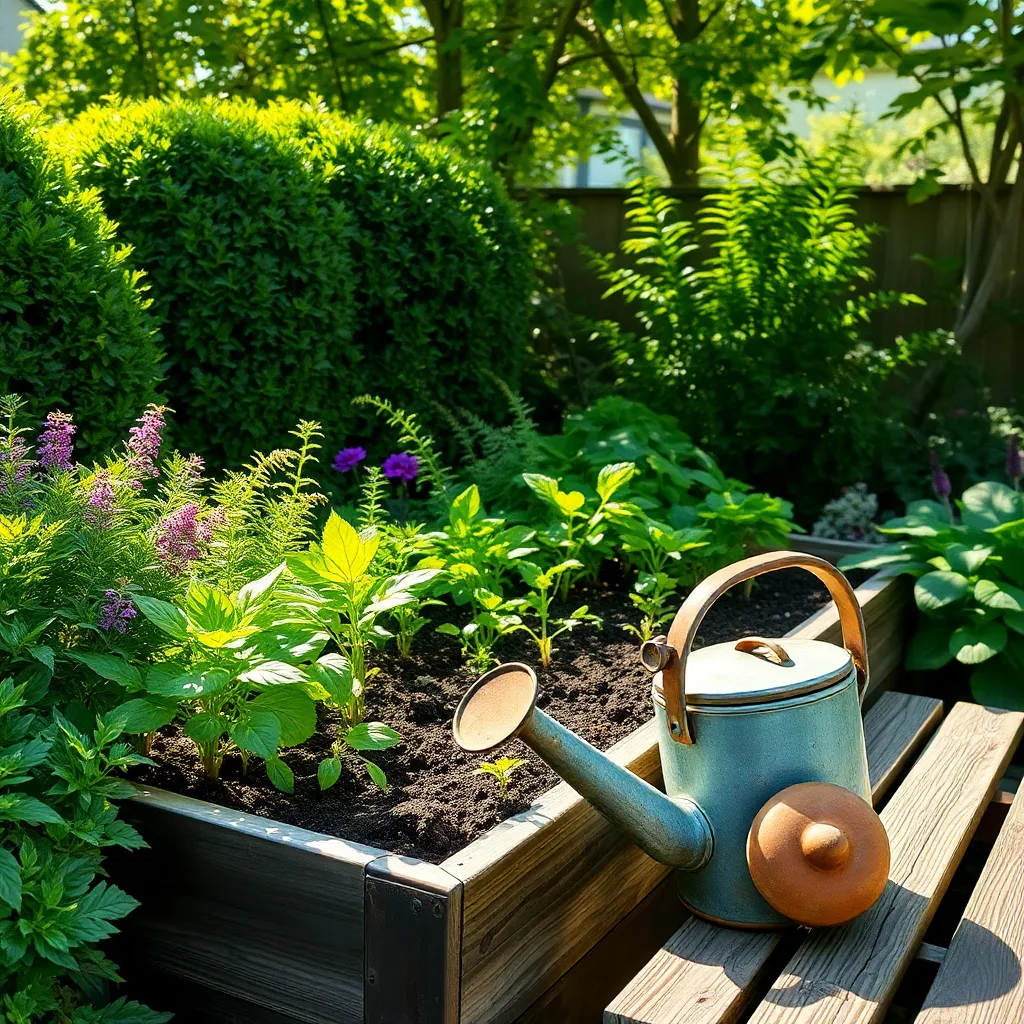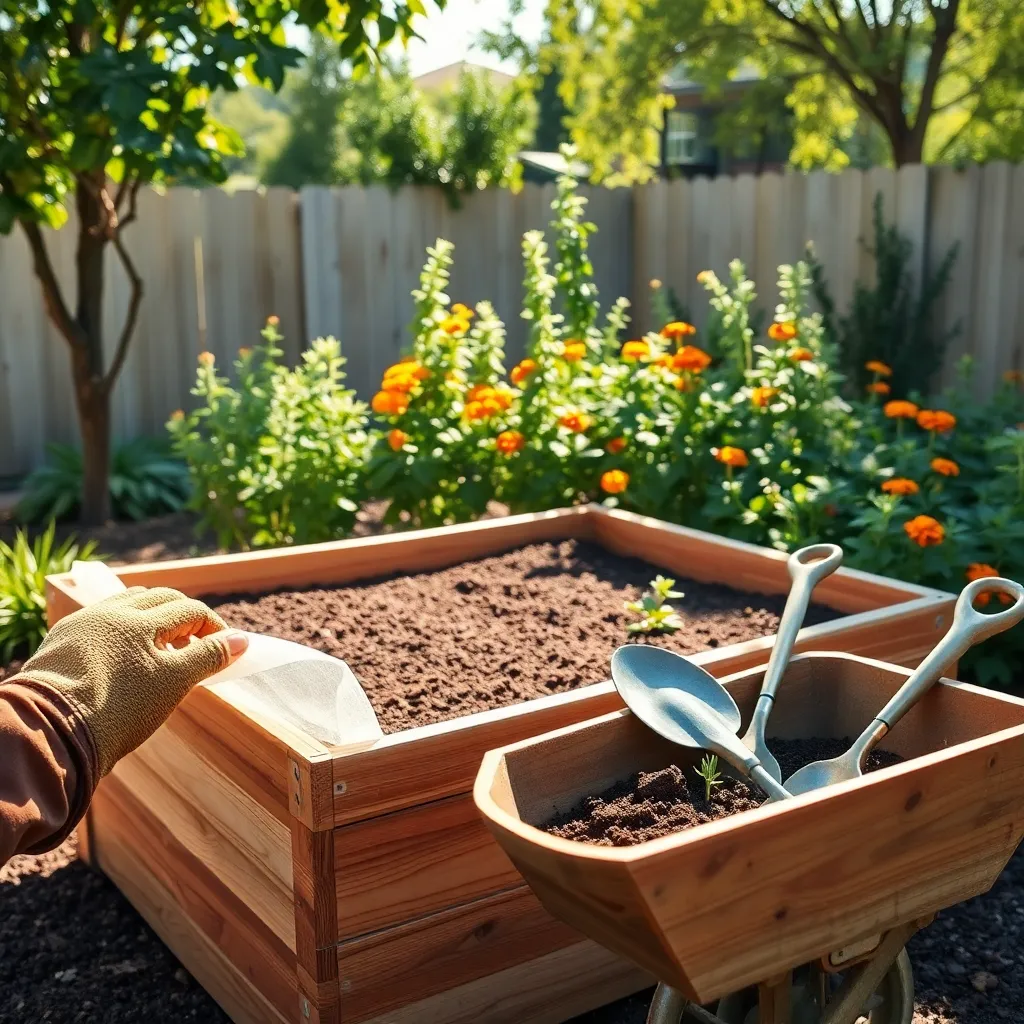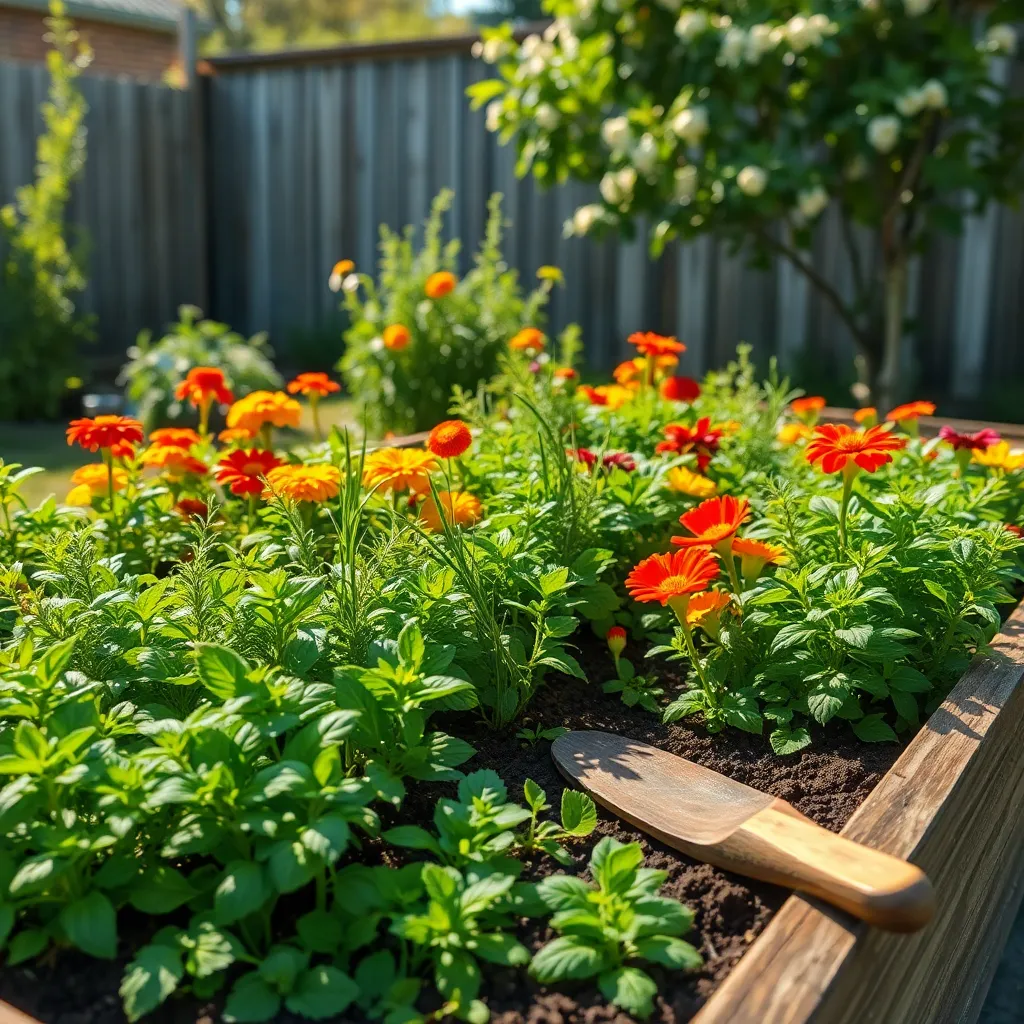Imagine stepping into your garden and seeing a vibrant tapestry of plants thriving in a beautifully structured raised garden bed. Whether you’re sowing your first seeds or are a seasoned gardener with an eye for detail, creating a raised garden bed can be a rewarding venture that offers both practical benefits and a touch of elegance to any garden space. Raised beds are not just a trend; they are a solution that brings ease to gardening and allows for better control over soil quality, drainage, and pest management.
For beginners, this guide will illuminate the path to starting your own raised garden bed, offering clear, actionable steps to cultivate success right from the start. Seasoned gardeners will appreciate tips on optimizing plant health and maximizing yield, as well as exploring innovative ways to enhance the garden’s aesthetic appeal. You’ll learn everything from choosing the right materials and site selection to soil composition and plant arrangement, ensuring that your raised bed becomes a flourishing centerpiece of your garden. Let’s dig in and lay the groundwork for a garden that reflects both your passion and your green thumb.
Select an Ideal Garden Location

Choosing the right location for your raised garden bed is crucial for success. Begin by observing the sun patterns in your yard to ensure your plants receive adequate sunlight; most vegetables require at least six to eight hours of direct sunlight per day.
Consider the soil drainage in the area before setting up your raised bed. It’s essential to select a spot with good drainage to prevent waterlogging, which can harm plant roots.
For gardeners with limited space, think creatively about your garden location. Vertical gardening techniques and tiered beds can maximize productivity in smaller areas, making the most of available sunlight and resources.
Take into account the proximity to a water source as this will make watering more convenient, especially during dry spells. If possible, position your raised bed near a hose or rain barrel to facilitate regular and efficient irrigation.
Build a Sturdy Raised Bed Frame

Building a sturdy raised bed frame is essential for creating a successful raised garden. Start by choosing durable materials like cedar or redwood, which are naturally rot-resistant and can withstand various weather conditions.
Consider the size of your raised bed based on your gardening space and what you plan to grow. A common recommendation is to build a bed no wider than 4 feet, allowing you to reach the plants without stepping on the soil.
To assemble the frame, use galvanized screws or bolts, which provide long-lasting strength compared to nails. Ensure the corners are square and secure, as this will prevent the frame from bowing under the weight of the soil.
For added stability, consider using metal corner brackets or stakes to anchor the frame to the ground. This step is particularly useful if you plan to construct a taller bed or live in an area prone to high winds.
Fill with Quality Soil Mix

Now that you’ve constructed a sturdy raised bed frame, it’s time to fill it with a quality soil mix. A well-prepared soil mix is the foundation of a thriving garden, so it’s crucial to get this step right.
Start by sourcing a good quality, pre-mixed soil blend specifically designed for raised beds. These mixes usually contain a balanced mixture of topsoil, compost, and other organic materials to provide essential nutrients and promote good drainage.
For those who prefer to mix their own soil, combine equal parts of garden soil, compost, and coarse sand or perlite. This combination ensures that your plants have the nutrient-rich environment they need and prevents waterlogging by improving drainage.
Remember to fill the bed to within an inch or two of the top to allow for settling. Over time, soil can compact and settle further, so filling it initially to this level ensures that your plants have enough room to grow.
Once your soil is in place, lightly water it to help it settle and eliminate air pockets. This step is essential before planting, as it ensures that your seedlings or transplants will have a stable foundation.
For advanced gardeners, consider testing the soil’s pH level and nutrient content. A simple soil test kit can provide valuable insights, allowing you to make any necessary amendments to optimize growing conditions.
Plan and Arrange Your Plants

Before you begin planting, it’s essential to plan your garden layout carefully. Consider the sunlight requirements of each plant, ensuring taller plants don’t overshadow shorter ones.
Research the growing conditions that each type of plant requires, such as soil pH and moisture levels. Group plants with similar needs together to simplify care and ensure optimal growth.
For beginners, starting with a simple layout can be beneficial. Utilize a grid system in your raised bed to organize plant placement and maintain order.
Advanced gardeners can experiment with companion planting, which involves growing plants together that benefit each other. For example, plant basil near tomatoes to enhance growth and flavor.
As you arrange your plants, remember to leave enough space for air circulation and growth. Follow recommended spacing guidelines on seed packets or plant labels to prevent overcrowding.
Incorporate a variety of plant types, including vegetables, herbs, and flowers, to create a diverse and thriving ecosystem. This not only enhances the visual appeal but also attracts beneficial insects to your garden.
Water and Maintain Regularly

Watering your raised garden bed is crucial for healthy plant growth. It’s important to establish a routine that matches the needs of your plants and the climate conditions in your area.
Consistency is key, so aim to water your plants at the same time each day. Early morning is ideal because it allows the water to soak into the soil before the heat of the day causes evaporation.
Check the soil moisture regularly by sticking your finger about an inch into the soil. If it feels dry at that depth, it’s time to water your plants.
For beginners, using a soaker hose can help distribute water evenly across your raised bed. This method minimizes water waste and ensures deeper soil penetration compared to overhead watering.
More experienced gardeners might experiment with mulching to retain soil moisture. Apply a layer of organic mulch, like shredded leaves or straw, to help regulate soil temperature and reduce evaporation.
Beyond watering, maintaining your raised garden bed involves regular attention to plant health. Remove any weeds promptly to prevent them from competing with your plants for nutrients.
Keep an eye out for pests and diseases by inspecting your plants regularly. Use organic pest control methods, such as neem oil or insecticidal soap, to manage any infestations.
Advanced gardeners can implement a crop rotation plan to enhance soil health and reduce pest and disease buildup. This practice involves changing the types of crops grown in specific areas of the bed each season.
Conclusion: Growing Success with These Plants
In nurturing a thriving relationship, much like cultivating a raised garden bed, we’ve explored five essential concepts: understanding the foundation of communication, fostering mutual growth, maintaining boundaries akin to garden borders, nurturing through shared experiences, and adapting to change as seasons shift. These elements create a robust framework for any relationship, ensuring it flourishes with time and care.
As an actionable next step, take a moment today to engage in a heartfelt conversation with your partner or loved one. Share your aspirations, ask about theirs, and plant the seeds for deeper connection and understanding. This simple act can set the stage for ongoing growth and harmony.
Remember, relationships are dynamic and ever-evolving. Bookmark this article as your go-to guide for nurturing your connections, ensuring you have a handy reminder of these key concepts whenever needed.
Looking ahead, envision the success that comes from consistently tending to your relationships with love and intention. With dedication and the right tools, you can cultivate a partnership that not only stands the test of time but blooms beautifully through every chapter of life.

